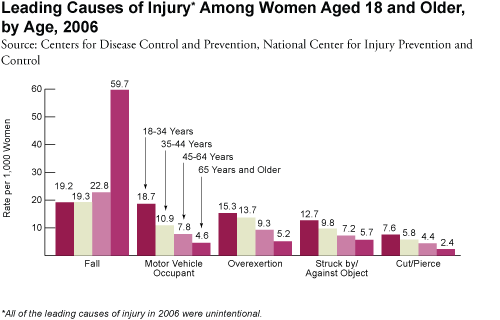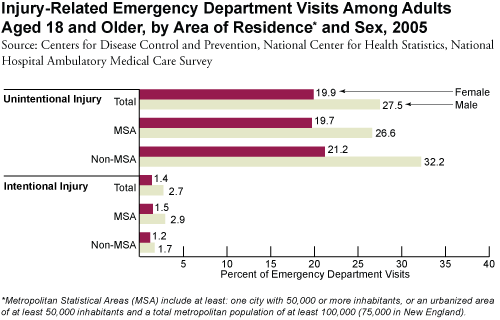Web RX
How many women will have their breasts examined this year? I don't know the exact figure but it will be in the millions. But how many men will have their testicles examined during 2009? Again, I don't know the exact number but it will be miniscule compared to that of the fairer sex.
Is this sexual discrimination? If so, we need a class action lawsuit to protect men's rights or, more to the point, our testicles. But more important, an increase in TSE (testicular self examination) would increase the survival rate of testicular malignancy.
Testicular cancer is the number one malignancy in young males. Worldwide, 48,500 males are diagnosed with this disease and 9,000 will die of it. This is a tragedy because early detection and treatment make a huge difference in the outcome of this malady.
We don't know what triggers testicular cancer, but males at greatest risk are those between the ages of 15 to 35. Risk is increased if the testicle has failed to descend into the scrotum or one testicle is significantly smaller than the other, or if there's a family history of this disease. But this malignancy is rarely seen in black men.
A myth exists that being kicked in the groin during sports triggers testicular cancer. There is no evidence this is true. More likely, the resulting soreness causes men to examine the scrotal area and then discover the cancer.
Like cancer of the breast, early testicular malignancy has no symptoms. This may be the case even when cancer has totally replaced the testicle. But as the malignancy develops men may complain of weight or a pulling sensation in the scrotal area. Pain may also occur when the cancer bleeds into the scrotal area or there's a blockage of blood to the testicle.
The most common type of testicular cancer is called seminoma. This accounts for about 50 percent of cases. It spreads slowly and is easy to cure by surgery if diagnosed early. Slow growing seminomas also respond well to radiation if they have metastasized to lymph nodes.
Testicular cancer is almost always confined to one testicle. And there's less than a five per cent chance a new tumour will develop in the other testicle.
Today, tens of millions of dollars are spent trying to persuade women to examine their breasts regularly and have annual mammograms. A pittance is spent trying to alert males to testicular cancer.
I don't see this changing. So men are on their own and must examine their testicles just as women examine their breasts, or they'll miss an early malignancy. Luckily for men, lumps in the testicles are easier to detect than those in the breasts.
So how does a normal testicle feel? It should be as smooth and firm as a hardboiled egg without its shell. Besides, almost all of the testicle can be gently examined through the thin scrotal skin.
Like women, the prime time for men to examine testicles is while taking a warm shower. By gently picking up each testicle between the thumb and fingers the surface can be explored for lumps.
But here's an important point to remember since most men have little or no knowledge of their anatomy. The testicle has two parts, the testicle and the epididymis. The epididymis (which accumulates sperm and carries it to the outside) is situated at the rear of the testicle and lumps are quite common in this structure. They may be the size of a pea and normally of little importance. But, to be sure, always report any lump or irregularity to your doctor. Then ultrasound and others tests can be carried out.
Treatment of testicular cancer depends on whether it's an early or late diagnosis. For early malignancies the testicle is removed with excellent cure rates. But more advanced cancers require a combination of surgery, radiation and chemotherapy.
Men may be the stronger sex physically, but a diagnosis of testicular cancer is psychologically devastating to young men. So all the more need for testicular self -examination every month as it is highly unlikely anyone else is going to do this for them.
You can write to Dr. Ken Walker (W. Gifford-Jones, M. D.) at First Canadian Medical Centre, 1st Canadian Place, King and Bay, P. O. Box 119, Toronto, Ont. M5X 1A4, You can also send e-mail to giffordjones@ sympatico.ca. or go to mydoctor.ca/gifford-jones. |


